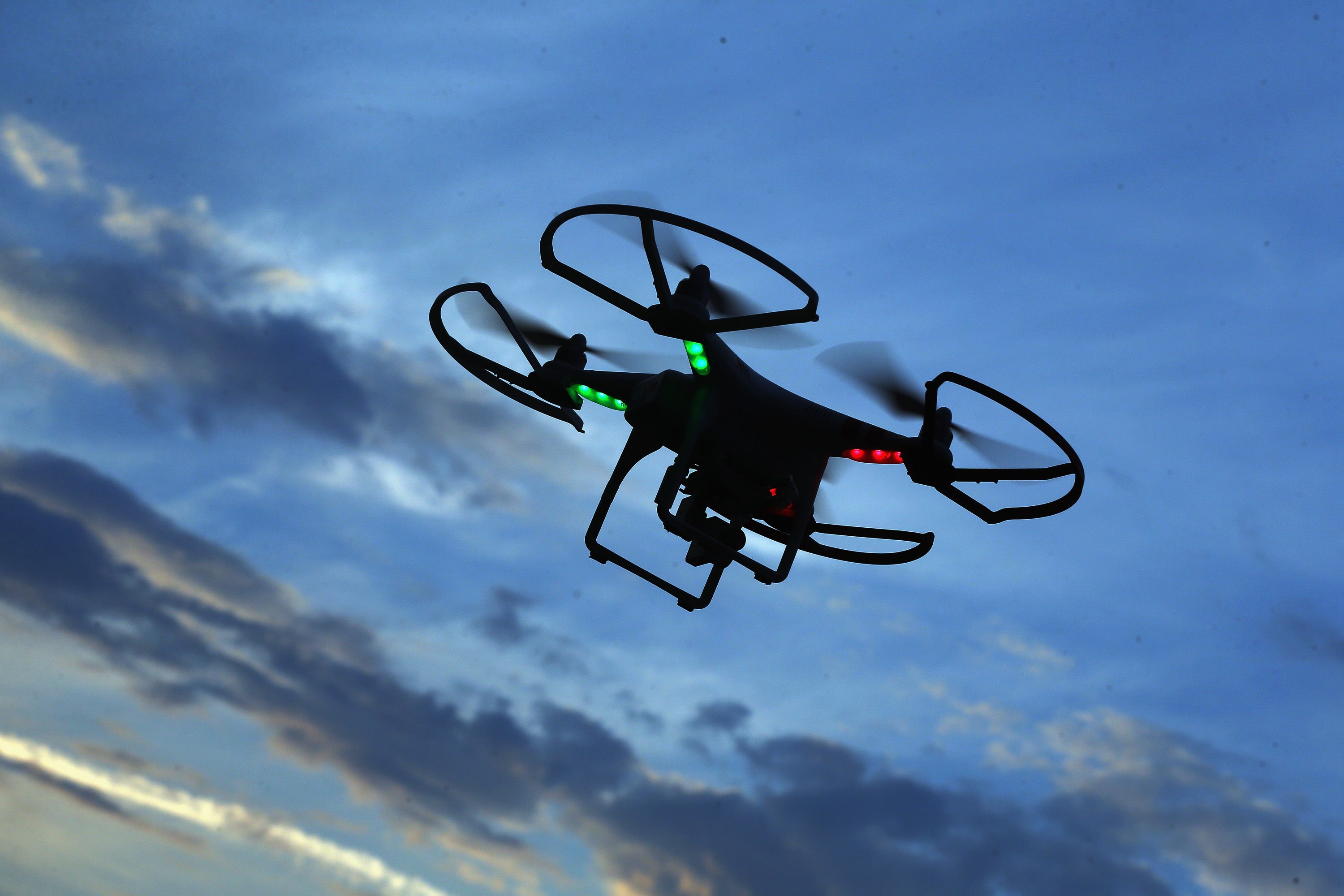Scientists train drone to hunt for meteorites that have crashed to Earth
500 meteorites fall to Earth every year, but less than two per cent of these are ever recovered

Your support helps us to tell the story
From reproductive rights to climate change to Big Tech, The Independent is on the ground when the story is developing. Whether it's investigating the financials of Elon Musk's pro-Trump PAC or producing our latest documentary, 'The A Word', which shines a light on the American women fighting for reproductive rights, we know how important it is to parse out the facts from the messaging.
At such a critical moment in US history, we need reporters on the ground. Your donation allows us to keep sending journalists to speak to both sides of the story.
The Independent is trusted by Americans across the entire political spectrum. And unlike many other quality news outlets, we choose not to lock Americans out of our reporting and analysis with paywalls. We believe quality journalism should be available to everyone, paid for by those who can afford it.
Your support makes all the difference.Researchers have trained a drone to search for asteroids that crash to Earth.
The drones autonomously fly in a grid pattern, taking photos of the ground over a large area, and use artificial intelligence to search through the pictures to identify potential meteorites.
Every year approximately 500 meteorites fall to the planet’s surface, but less than two per cent of these are ever recovered – sometimes because they fall in inaccessible locations, such as the ocean, but in other instances simply because they are not found in time.
The drone, developed by the University of California, Davis, has been tested around Walker Lake in Vegada, where a meteorite fell in 2019. “Images can be analyzed using a machine-learning classifier to identify meteorites in the field among many other features," said Robert Citron, a postdoctoral researcher at the university.
The proof-of-concept meteorite classifier deploys a combination of "different convolution neural networks to recognise meteorites from images taken by drones in the field," his team says in a Meteoritics & Planetary Science paper.
The software has not yet been perfectly refined. While it was able to identify test meteorites placed on a dry lake bed, it also brought up a number of false positives – but the researchers say they are optimistic about the progress made.
"Since a future meteorite fall could occur on any terrain," Citron told said Universe Today, "the system needed an object detection algorithm trained with examples of many types of meteorites on various terrain types. To create a properly trained object detection network, thousands of example images are required.
"Fortunately, every field test we gain more data that we can incorporate into the dataset and use to retrain the object detection network and improve the accuracy," Citron said. "So, we will continue to try and improve the detection accuracy. Currently we need a better drone with a higher resolution camera."
It takes approximately 100 hours to find one meteorite through conventional methods, so the ability to shorten that time through technology could save researchers vast amounts of work.
If a meteorite can be recovered, the light curve and deceleration profile – gathered through analysis of the rock – can be used to improve predictions about the altitude of where the asteroid came from.
With over 40 asteroid families in the asteroid belt, such discoveries could help scientists unlock the secrets of the early universe and gather more information about the evolution of our solar system.
Join our commenting forum
Join thought-provoking conversations, follow other Independent readers and see their replies
Comments